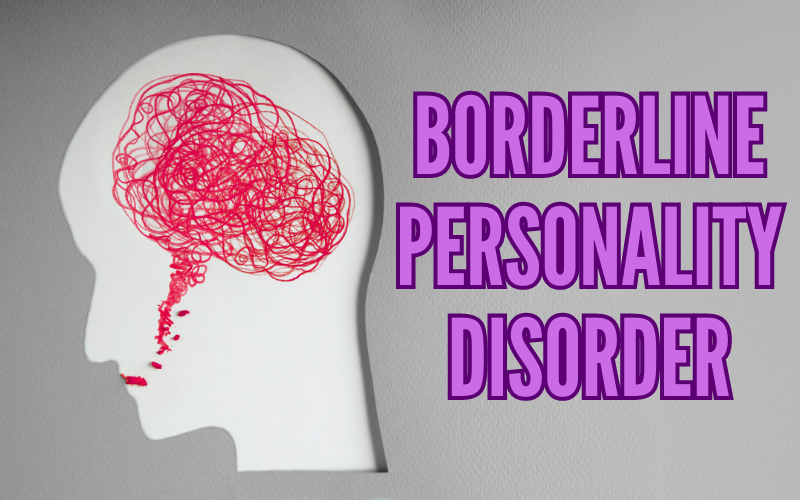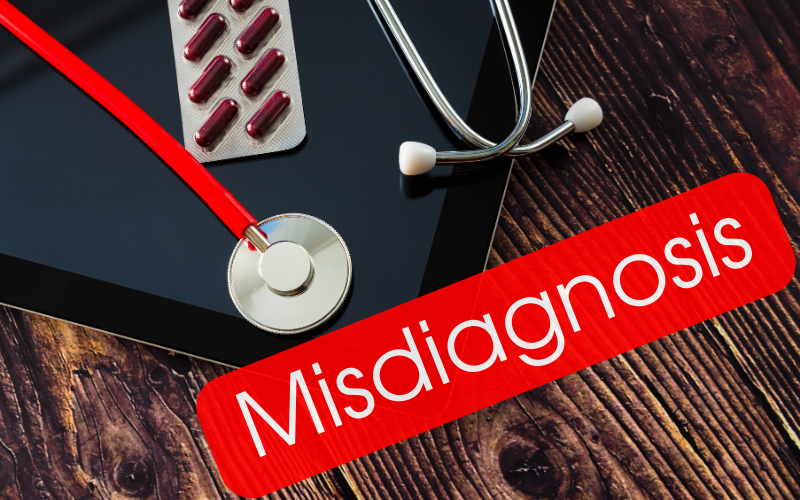Introduction: Navigating the Maze of BPD Prognosis

Borderline Personality Disorder (BPD), or Emotionally Unstable Personality Disorder as it’s also known, continues to baffle both the medical community and the public. Its complex nature and often overlapping symptoms with other mental health disorders make it a tricky subject. Still, one area that often triggers multiple questions and concerns is its prognosis. What happens after a diagnosis? How does life change, and what factors come into play for better or worse?
With millions of people affected globally, understanding the prognosis of BPD is not just essential for those diagnosed but also for families, caregivers, and even employers. This knowledge can alter how we approach treatment, offering a clearer pathway towards managing symptoms effectively. Moreover, it can provide a beacon of hope or a necessary reality check, depending on the situation.
Given the critical role that a correct prognosis plays, we’ve compiled a list of 10 must-know facts about the future outlook of BPD. This detailed rundown provides insights that are backed by science and aims to shed light on this otherwise murky subject. Whether you’re newly diagnosed, a long-time patient, a concerned family member, or someone who is just curious, this article will offer information that’s vital for understanding this complicated disorder better.
This article aims to present a nuanced picture of what one can expect when dealing with BPD in the long term. We have scoured the latest research, studies, and expert opinions to bring you the most accurate and reliable information. So, let’s dive in and explore these ten essential facts that could redefine how we understand the prognosis for Borderline Personality Disorder.
1. The Enigma of Misdiagnosis: BPD’s Diagnostic Dilemma

Misdiagnosis is a formidable hurdle in achieving an accurate prognosis for Borderline Personality Disorder (BPD). While it’s a significant issue in mental health at large, it’s particularly amplified in the context of BPD due to the complex interplay of symptoms that often mimic other disorders. For example, BPD’s emotional volatility might be mistaken for Bipolar Disorder, or its identity confusion might lead a clinician to consider schizophrenia.
This complexity is compounded by the fact that many individuals with BPD frequently experience comorbid conditions, such as anxiety or depression. This muddies the diagnostic waters further, making it challenging for healthcare providers to tease out the primary issue. The presence of additional conditions may divert attention from BPD, thereby delaying targeted treatment strategies that could positively affect the prognosis.
The issue of misdiagnosis isn’t just a medical problem; it’s a human problem. The mislabeling can lead to inappropriate treatment plans that not only fail to address BPD but can also exacerbate its symptoms. Moreover, the psychological impact of a misdiagnosis can erode the trust between the patient and the healthcare system, making future treatment even more difficult.
However, it’s not all grim. Advancements in diagnostic tools and an increasing understanding of BPD have started to make a dent in the rate of misdiagnosis. Sophisticated diagnostic interviews and self-report questionnaires are becoming more adept at capturing the nuanced symptoms of BPD. These tools can serve as valuable aids in forming a more accurate prognosis, guiding the way for more effective treatment strategies.
In the realm of BPD, where symptoms are manifold and often deceptive, an accurate diagnosis is the cornerstone of a favorable prognosis. It’s the first step in a journey that can be marked by numerous setbacks, but also by victories in managing this complex disorder. (1)